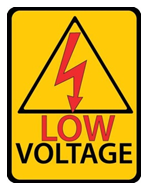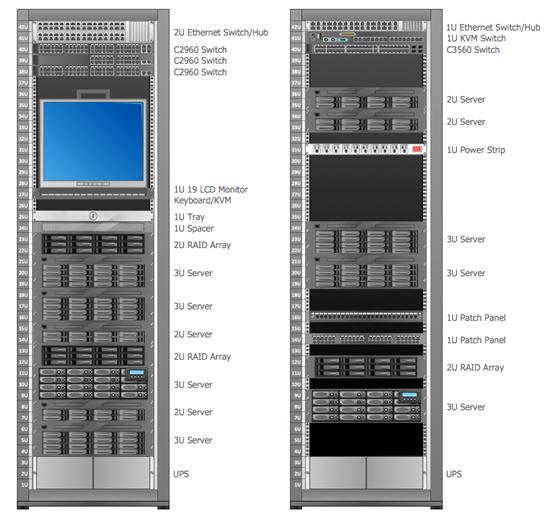Low voltage:
Voltage (V) is the measure of the potential difference between two points in an electrical field. Low enough voltage to be considered safe for indoor domestic use and typically 120 volts or less.

Low voltage UPS:
Uninterruptible power supplies having low voltage are called low voltage UPS. EverExcced offers high efficiency and high quality independent online low voltage UPS which designed in the form of modular UPS, rack UPS and tower UPS. Both single phase and three phase UPS are also available for those countries which use low voltage as well.
In most countries the mains supply is between 220 and 240 volts (50 or 60 Hz); countries that operate on 100-127 volts are greatly outnumbered. There are approximately 40 countries that use 60 Hz while the rest typically run on 50 Hz current. Single-phase power is primarily for residential use (such as homeowners and what you would find in a hotel) while 3-phase electric power provides more stable, heavy-duty power for most industrial applications like manufacturing plants, commercial facilities, data centers, telecom towers, hospitals, food processing, and utility power plants.
Why isn’t there a standard voltage around the world?
Europe and most other countries in the world use a voltage which is twice that of the US. It is between 220 and 240 volts, whereas in Japan and in most of the Americas the voltage is between 100 and 127 volts.
Originally Europe was 120 V too, just like Japan and the US today, but it was deemed necessary to increase voltage to get more power with fewer losses and less voltage drop from the same copper wire diameter. At the time the US also wanted to change but because of the cost involved to replace all electric appliances, they decided not to. At the time (50s-60s) the average US household already had a fridge, a washing-machine, etc., but not in Europe.
USA, Mexico, Colombia, Venezuela, American Samoa, Brazil, Bahamas, Bermuda, Dominican republic, Japan, Ecuador, Honduras, Panama and more other countries are now using low voltage UPS.
In countries having higher voltages, energy losses are lower, but the risk of sustaining injuries is much higher.



 What is Thermal runaway and what is its impact on cell chemistry?
What is Thermal runaway and what is its impact on cell chemistry?